Baltimore Claims MV Dali Ship That Hit Francis Scott Key Bridge Was ‘Unseaworthy’
The City of Baltimore claims in court filings filed Monday that the ship’s owner and manager are directly responsible for the tragedy.
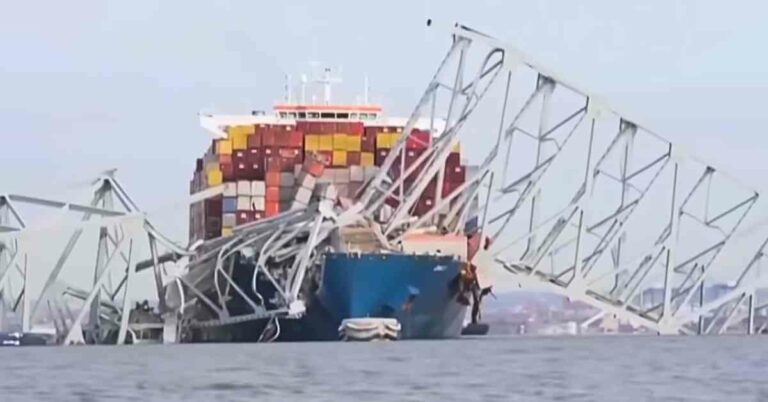
The City of Baltimore claims in court filings filed Monday that the ship’s owner and manager are directly responsible for the tragedy.
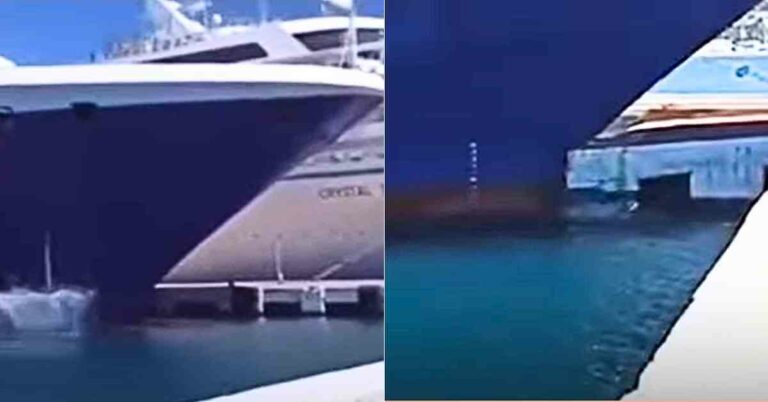
The Celestyal Journey, a 700 ft cruise ship, was hit by a tragic incident while docking at the port of Kusadasi in Turkey.
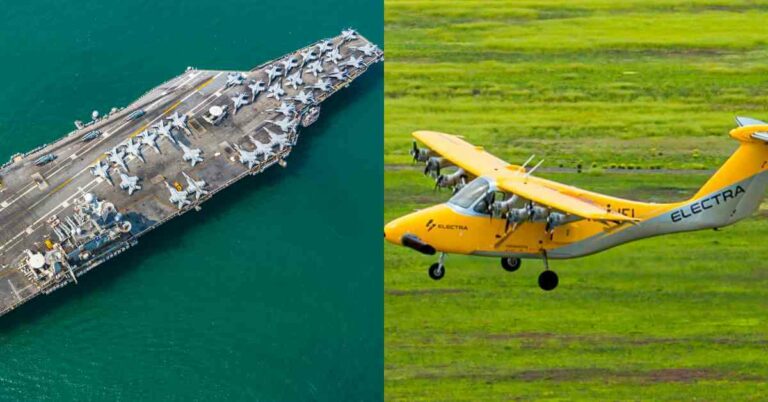
US Navy has contracted Electra to explore the potential of Electra’s electric short takeoff and landing (eSTOL) aircraft.
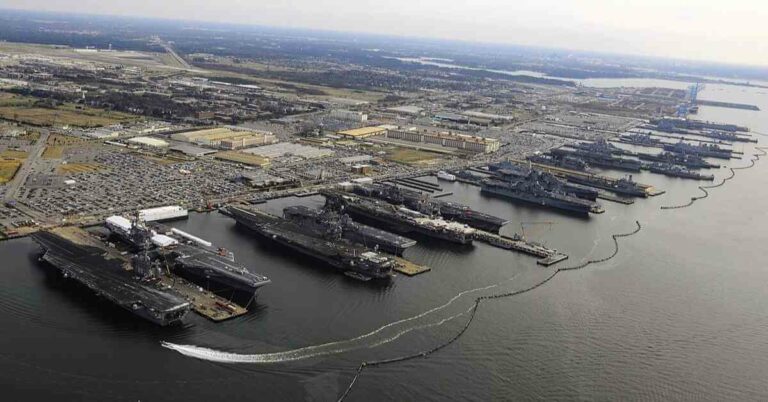
China’s Taijing-4 03 satellite obtained radar images of what is recognised as the Norfolk Naval Station, the world’s largest military base.
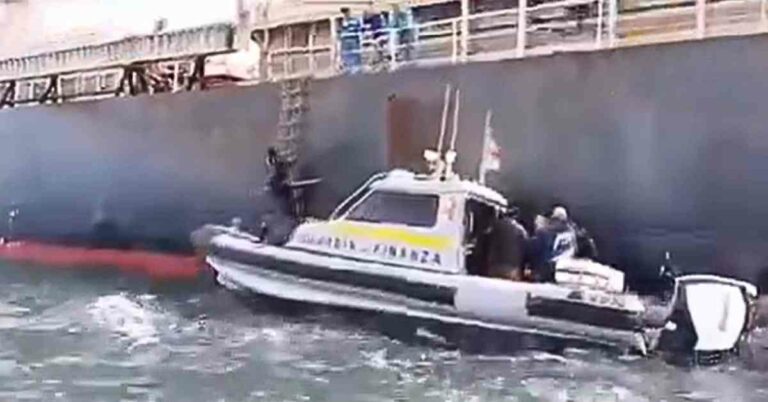
The Italian police are currently highlighting their efforts to crack down on the smuggling of illicit narcotics into the nation.
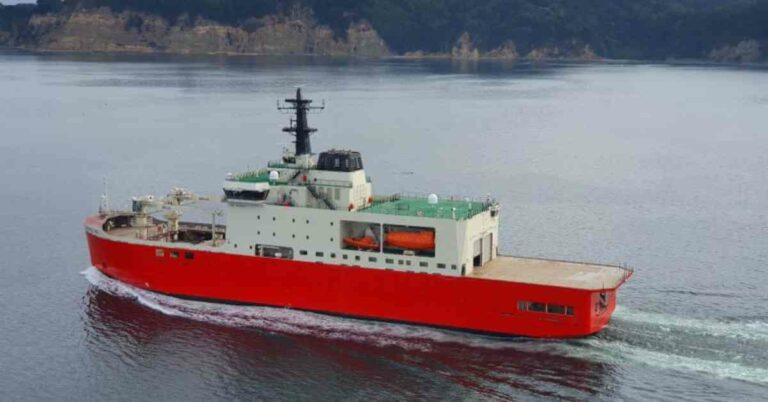
Chile’s newest Polar icebreaker, “Almirante Viel”, successfully completed its first week of intense testing at sea.
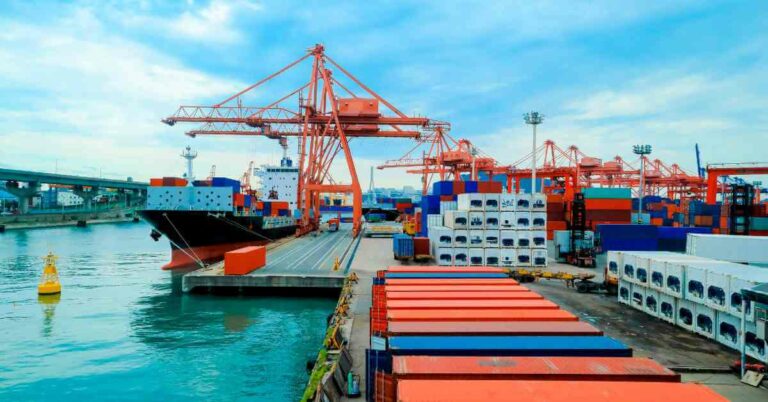
A Chinese sailor’s dead body was discovered, under mysterious circumstances, in a vessel that was anchored at Kamarajar Port in Ennore.
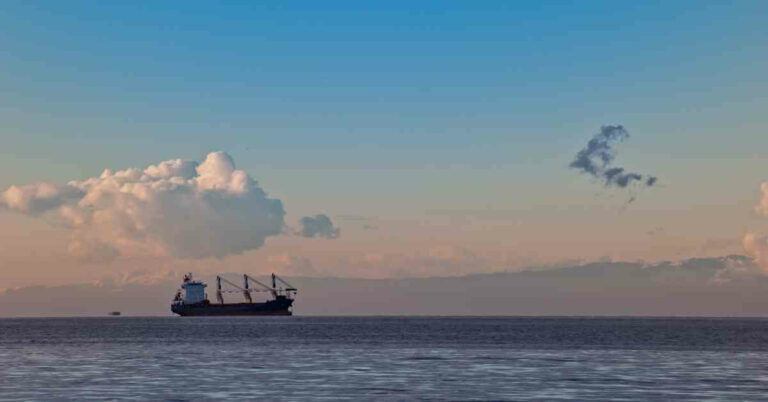
A ship near the Bab el-Mandeb Strait became witness to an unexpected explosion in the distance, signalling a new attack.
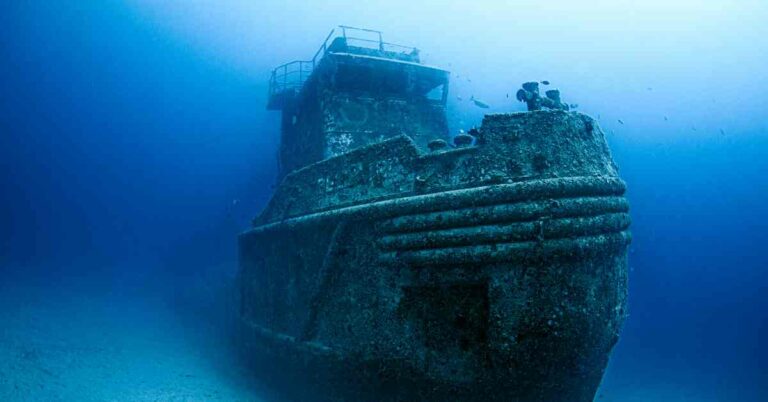
Maritime researchers have discovered weapons chest and pieces of armour from a 500-year-old shipwreck off the coast of Sweden.
"*" indicates required fields